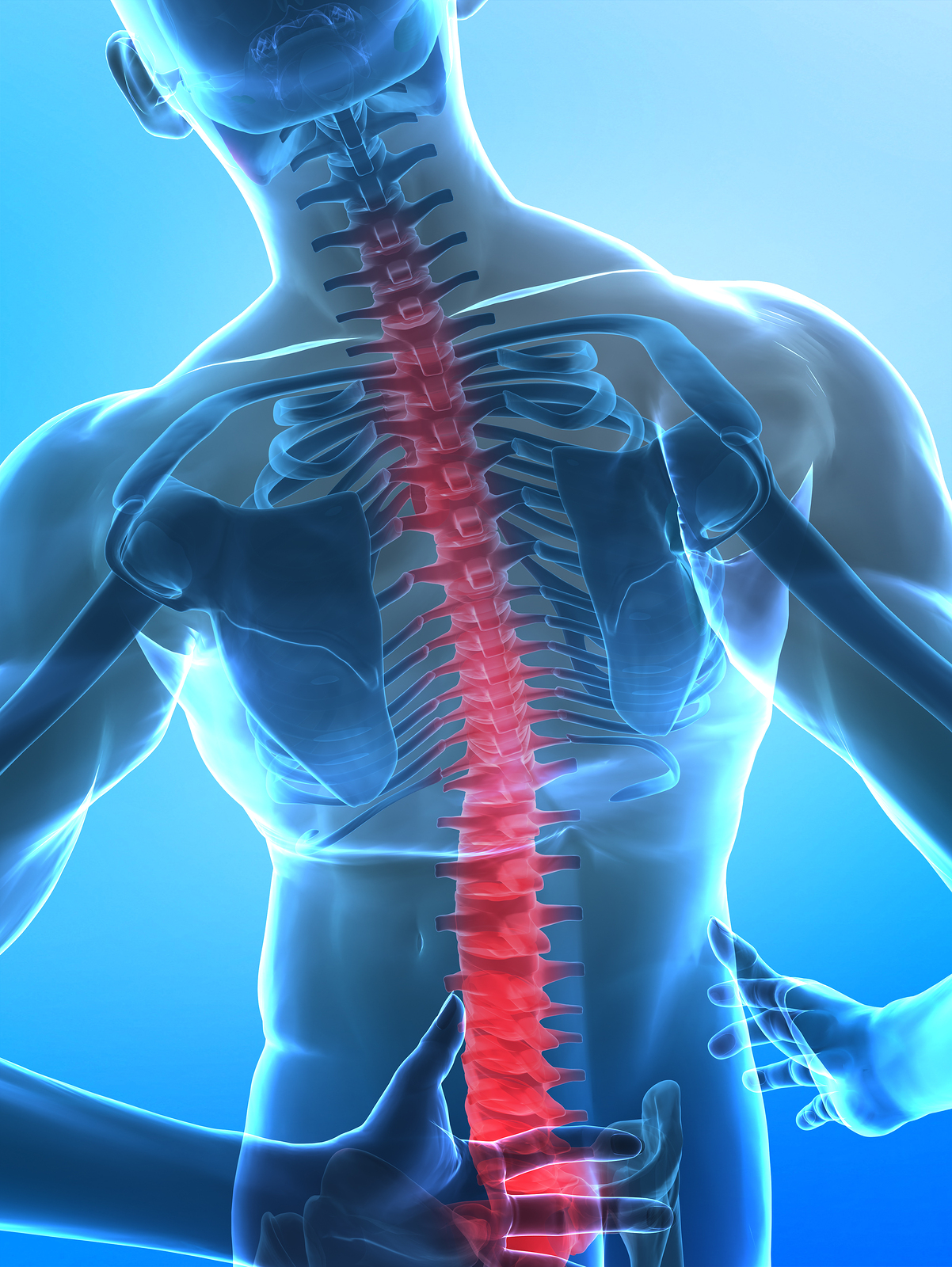
Walking is commonly recommended to relieve pain and improve function in chronic low back pain. The purpose of this study was to conduct a systematic review and meta-analysis of randomized controlled trials concerning the effectiveness of walking interventions compared to other physical exercise on pain, disability, quality of life and fear-avoidance, in chronic low back pain.
Randomized controlled trials investigating the effects of walking alone compared to exercise and to exercise with added walking on adults with chronic low back pain were identified using the MEDLINE, Cumulative Index to Nursing and Allied Health Literature (CINAHL), Physiotherapy Evidence Database (PEDro), Cochrane Central Register of Controlled Trials (CENTRAL), PsychINFO, and SPORT Discus databases. Two reviewers independently selected the studies and extracted the results. Study quality was assessed using the PEDro scale and the clinical relevance of each outcome measure was evaluated.
Meta-analysis of five randomized controlled trials meeting inclusion criteria was performed. The effectiveness of walking and exercise at short-, mid-, and long-term follow-ups appeared statistically similar. Adding walking to exercise did not induce any further statistical improvement, at short-term.
Pain, disability, quality of life and fear-avoidance similarly improve by walking or exercise in chronic low back pain. Walking may be considered as an alternative to other physical activity. Further studies with larger samples, different walking dosages, and different walking types should be conducted. Implications for Rehabilitation Walking is commonly recommended as an activity in chronic low back pain. Pain, disability, and fear-avoidance similarly improve by walking or exercise. Adding walking to exercise does not induce greater improvement in the short-term. Walking may be a less-expensive alternative to physical exercise in chronic low back pain.
No comments:
Post a Comment